1703 and 1723 book references to bricks and cement
This appears to be relevant for all of the UK.
Below – 1703 – Mechanick Exercises: Or, The Doctrine of Handy-works. By Joseph Moxon – Book reference to making cement (Pages 186 and 187).
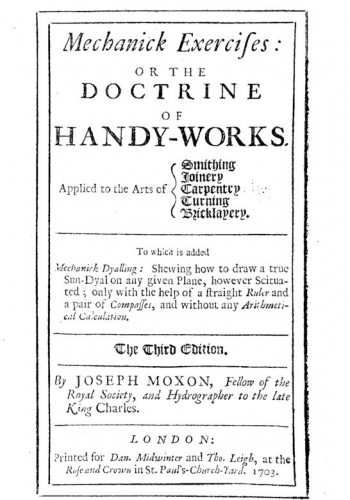
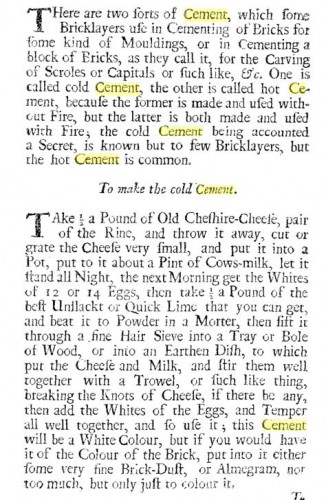
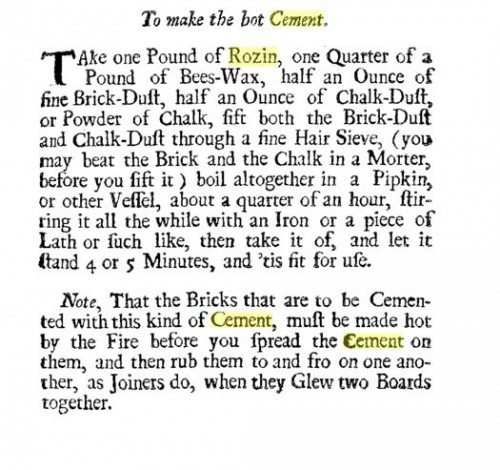
Below – 1723 – Lexicon Technicum: Or, An Universal English Dictionary Of Arts And Sciences by John Harris – Book reference to bricks and cement.
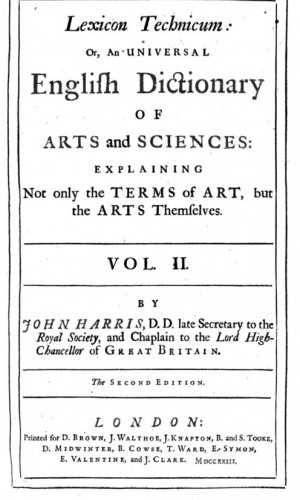
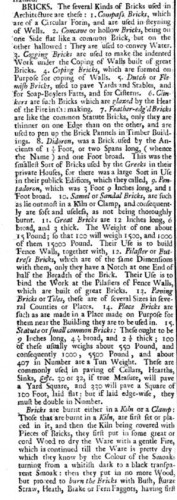
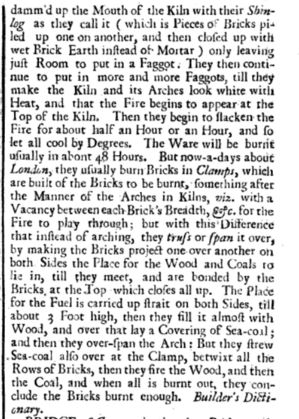
Below – 1723 – Recipe for cement very similar to the 1703 recipe above.
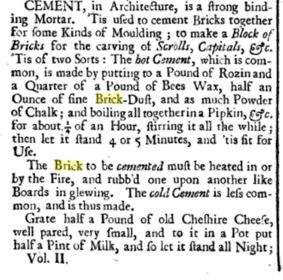
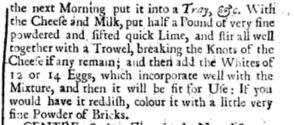
Cement in architecture is a strong binding mortar. It is used to cement bricks together. For some kinds of moulding. To make a block of bricks for the carving of scrolls, capitals etc.
It is of two sorts: The hot cement, which is common, is made by putting to a pound of Rozin and a quarter of a pound of beeswax, half an ounce of fine brick-dust and as much powder of chalk and boiling altogether in a pipkin etc for about ¼ of an hour, stirring it all the while; then let it stand 4 or 5 minutes and until fit for use.
The bricks to be cemented must be heated in or by the fire and rubbed one upon another like boards in glewing.
The cold cement is less common and made thus.
Grate ½ a pound of old Cheshire cheese, well pared, very small and to it in a pot put ½ a pint of milk and so let it stand all night.; the next morning put it into a tray etc. With the cheese and milk put ½ a pound of very fine powdered and sifted quick lime and stir all well together with a trowel breaking the knots of the cheese if any remain; and then all the whites of 12 – 14 eggs, which incorporate well with the mixture and then it will be fit for use. If you would have it reddish, colour it with a little very fine powder of bricks.








